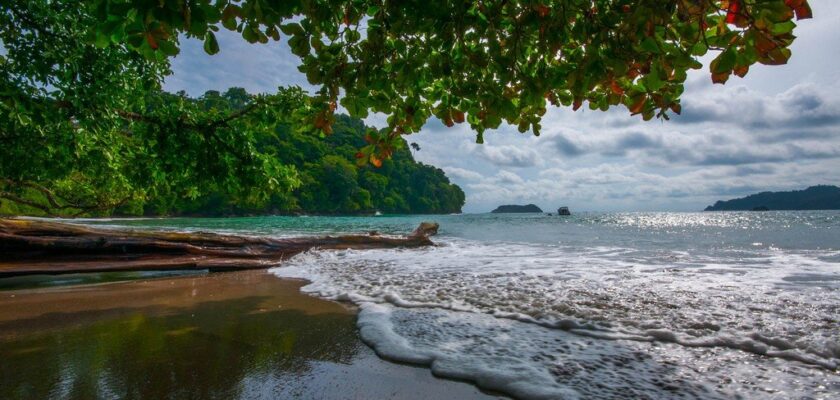Manuel Antonio National Park
Manuel Antonio National Park is a natural gem of Costa Rica, located near the country’s oldest resort, on the Pacific coast. The small reserve covers only 683 hectares. It was formed in 1972 to preserve the uniquely beautiful landscapes, as well as the rich flora and fauna of the Pacific coast.
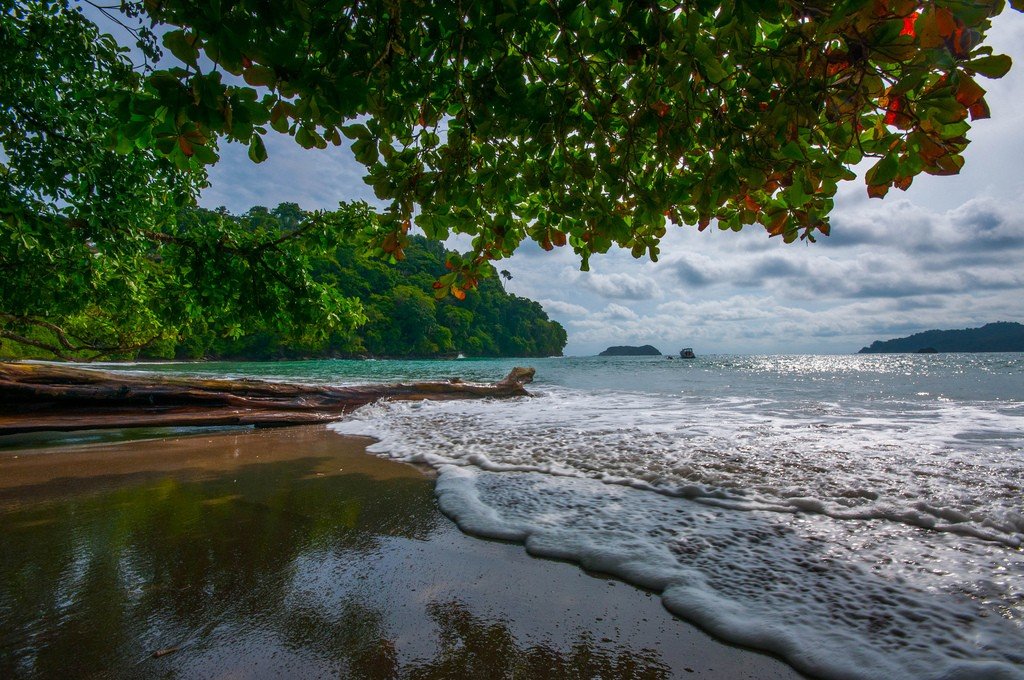
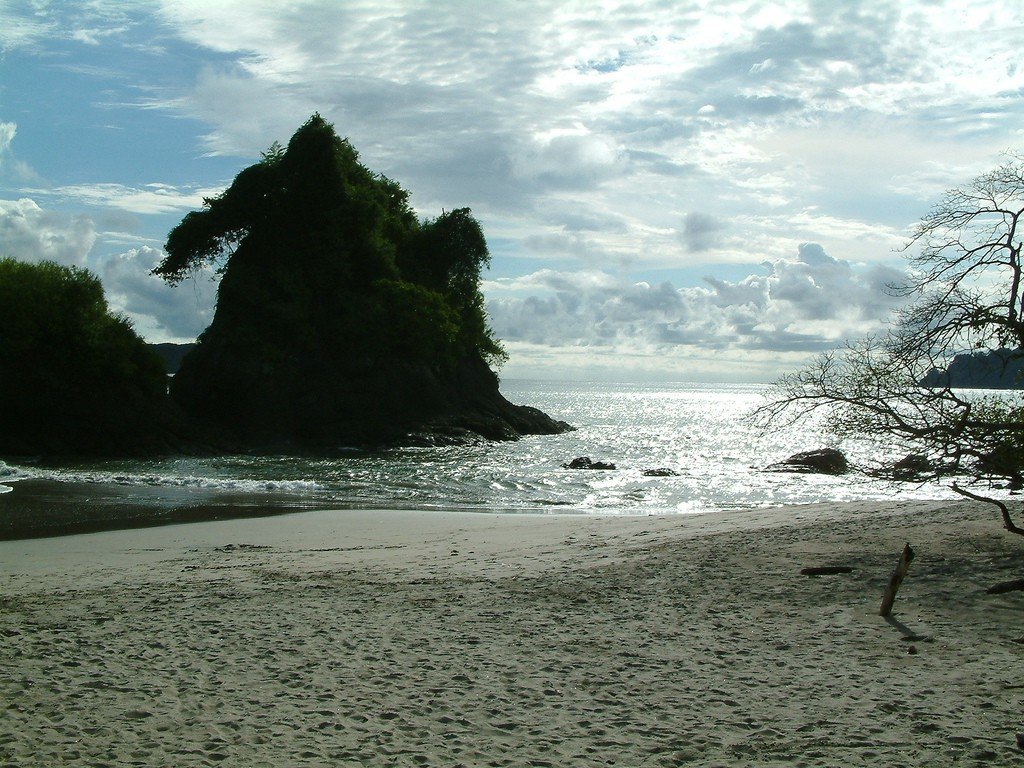
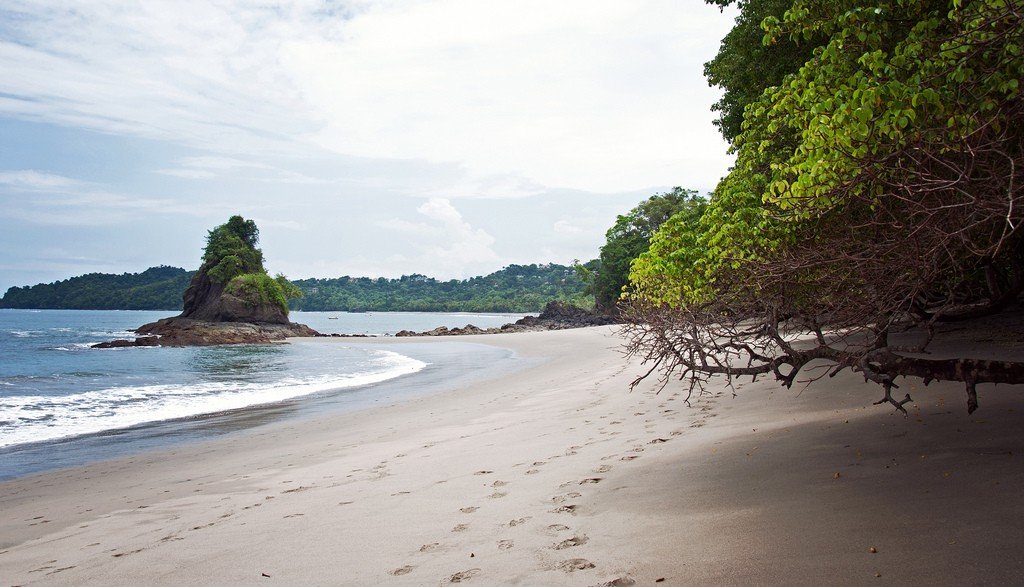
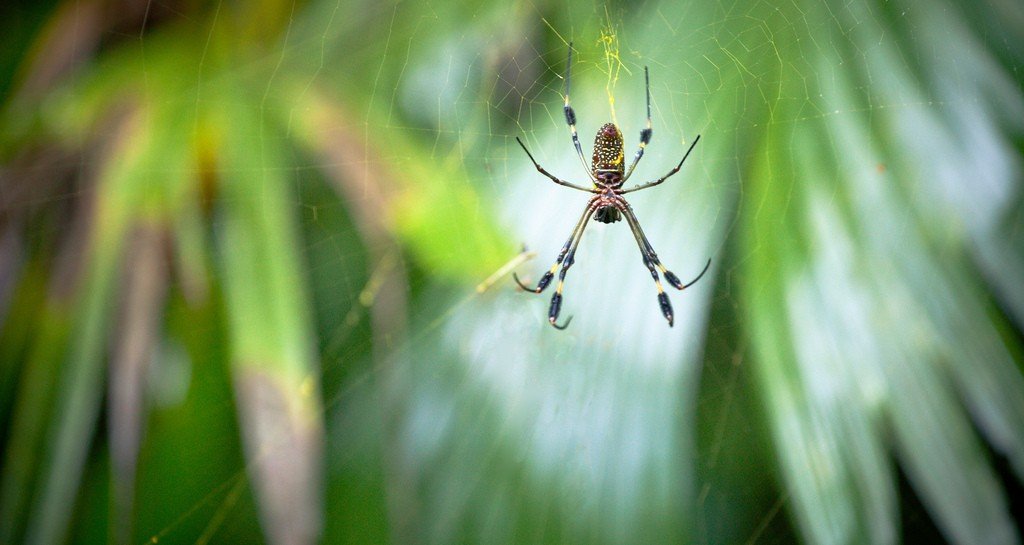
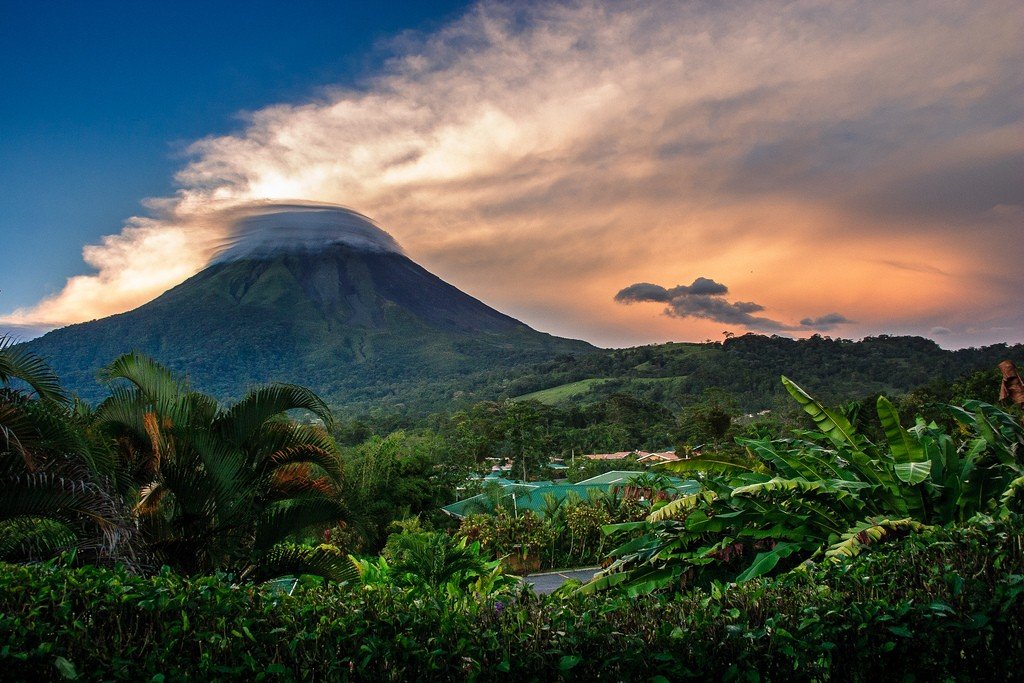
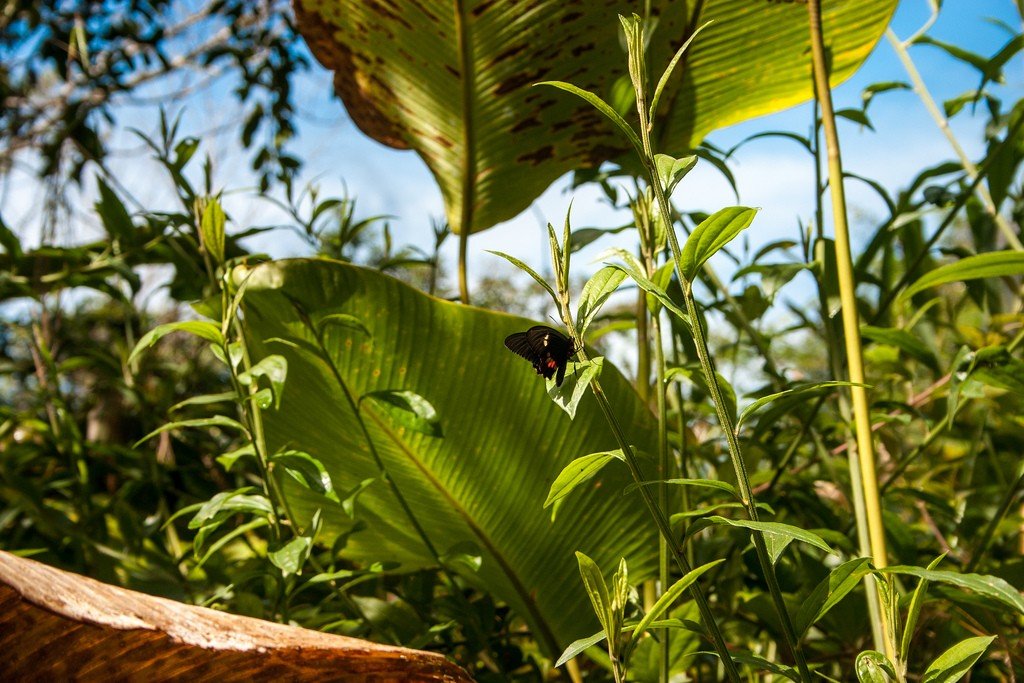
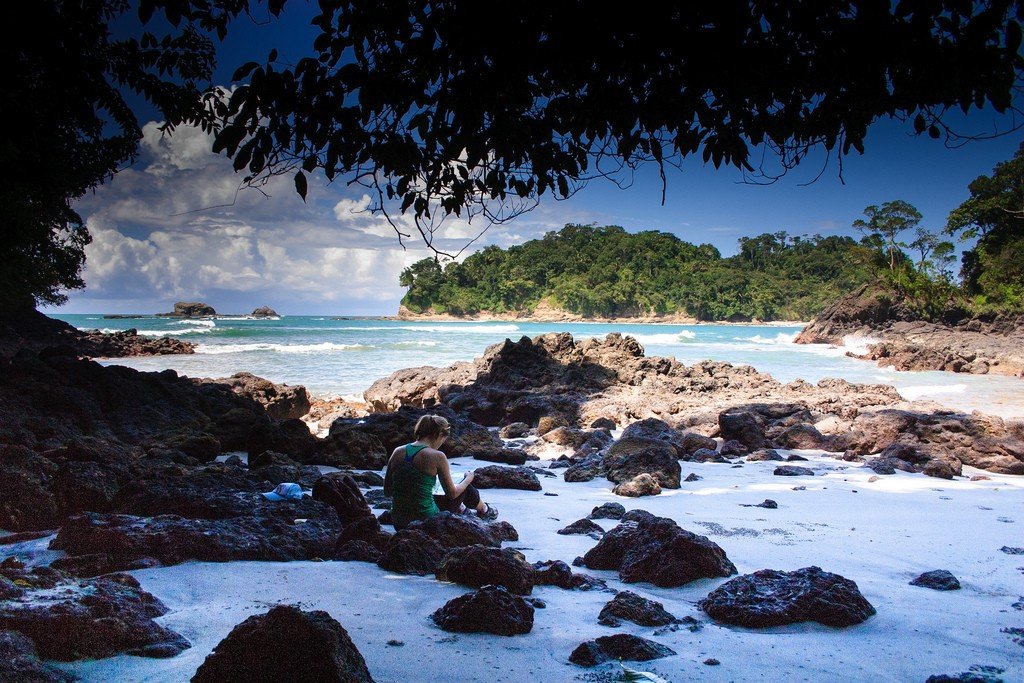
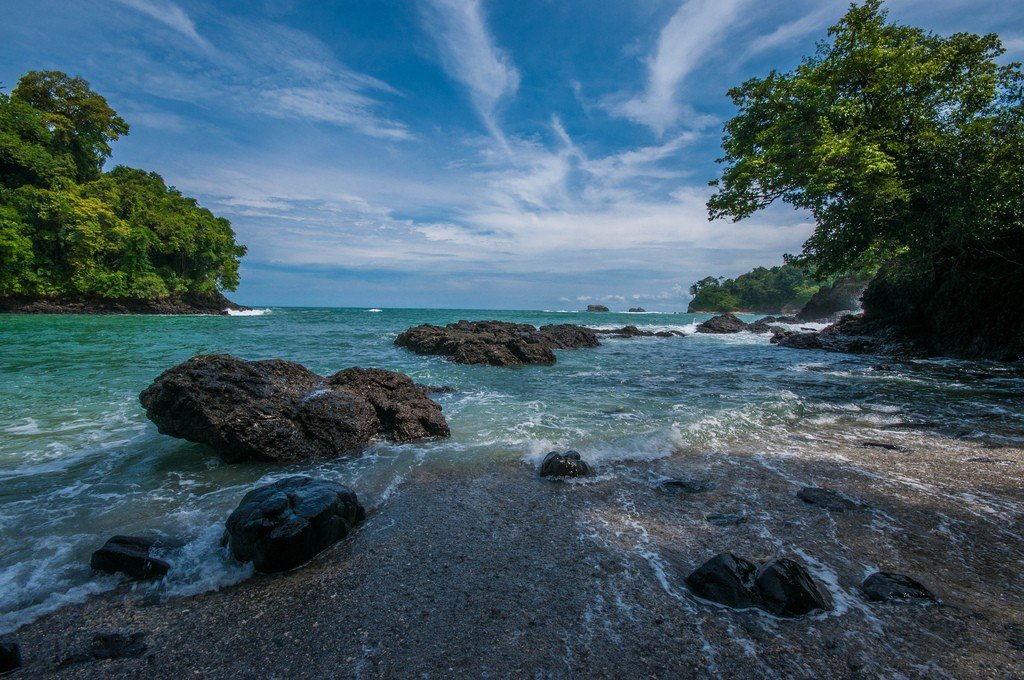
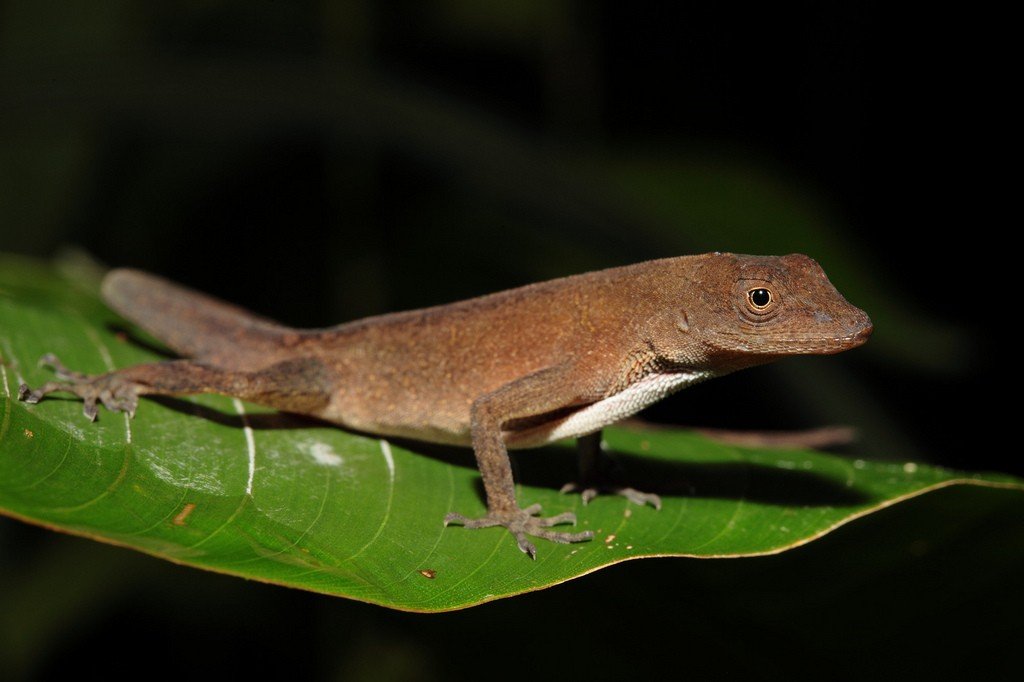
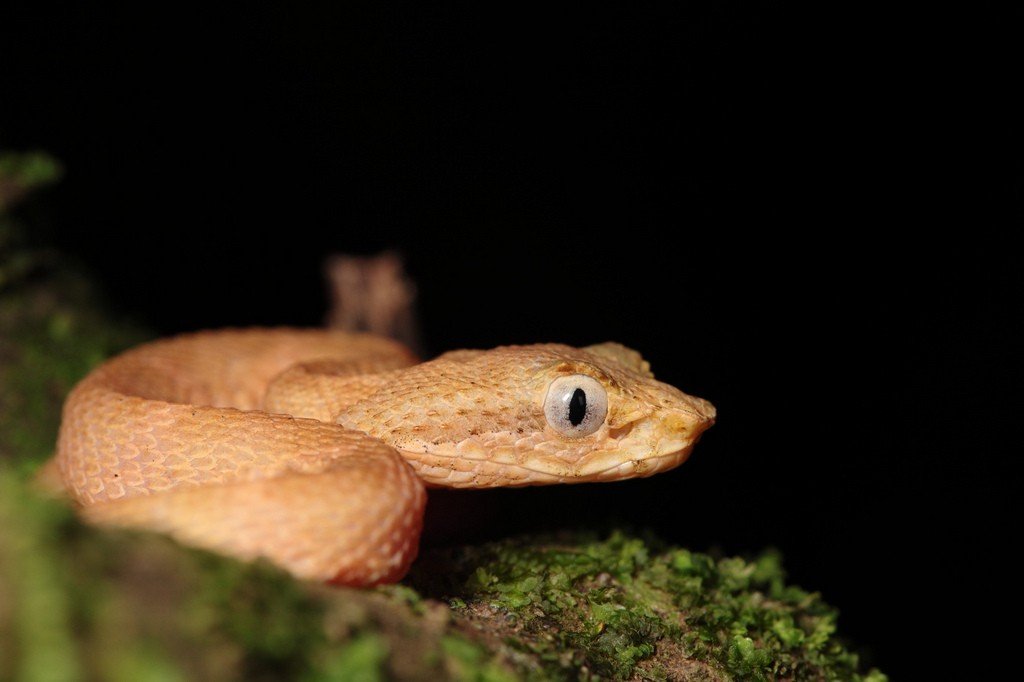
Video: Manuel Antonio National Park
” title=”YouTube video player” frameborder=”0″ allow=”accelerometer; autoplay; clipboard-write; encrypted-media; gyroscope; picture-in-picture; web-share” allowfullscreen> ContentsHighlights
The proximity to excellent sandy beaches, secluded coves and jungles full of animals and birds have made these places very popular with tourists. Travelers come to the reserve all year round, except for September and October, when there is inclement weather on the coast. There are many tourists, so Manuel Antonio is not a place where you can be alone with wildlife.
.
It is better to arrive at Manuel Antonio National Park early in the morning, as it gets very hot by the ocean during the day. In addition, the small area cannot accommodate everyone, and park officials have set a quota for visits. There can be about 700 guests in the reserve at a time, so when there are a lot of visitors, they start selling tickets only after someone leaves the reserve.
.Upon entering the park, travelers pay $16 and leave any food they have brought with them, as it is strictly forbidden to bring any food into the territory. Payment can be made either in cash or with bank cards.
.
Tourists coming to the national park for a few days stay overnight in the town of Quepos or in hotels in the Manuel Antonio Resort. Many restaurants, cafes, pizzerias and souvenir shops are open in the resort area. There are several grocery stores in Manuel Antonio, however, the prices are not cheap.
.Routes in the park
There are several marked excursion trails in Manuel Antonio National Park. There are no difficult ones, so, without much effort, the territory can be bypassed in 2.5-3 hours. On all the routes there are observation platforms with excellent views of the ocean. Near the shore from time to time swim whales and packs of dolphins.
.Traveling through the park, you can photograph rare plants, monkeys, iguanas, red forest crabs, large colorful butterflies and exotic birds. White-faced capuchin monkeys sit in trees near the trails. They don’t beg too much from tourists, but like to stay close to humans.
Canopy Tours, small wagon rides on cables strung between trees, are popular in Manuel Antonio Park. During these journeys one can see unusual plants, animals and birds. In the most picturesque places, suspension bridges cross the jungle. As a rule, they are equipped over mountain rivers and near beautiful waterfalls.
.
Many tourists like “Mangrove Tours”. This is the name given to the routes through the wetlands of the reserve. These are areas where crocodiles and rare species of birds live. In addition, tours to the Damas ancient cave complex are taken from the reserve.
.Beaches
Besides walking in Manuel Antonio National Park, tourists enjoy spending time on the sandy shore. On both sides of the promontory jutting into the ocean, there are beaches with light-colored sand. In the picturesque blue lagoon is very pleasant to swim, as there are no strong currents and large waves. On the beach you can go kayaking and snorkeling. There are toilets, changing cabins and showers on the shore.
.It should be borne in mind that near the beach, in the thickets of mangrove trees are raccoons and capuchin monkeys. While tourists are swimming, they like to search bags and backpacks for food, so park guests are advised to hang things in a conspicuous place, or better yet, do not leave them unattended.
.Almost all of the hotels in Manuel Antonio Park are located at higher elevations. To make tourists less tired on the way to the sea and back, some hotels organize for their guests free shuttles to the beach.
.
How to get there
Manuel Antonio National Park is located 7.5 km south of the coastal town of Quepos and 160 km from Juan Santamaria Airport, located in the city of San José. On a good highway from the capital of Costa Rica to the national park can be reached in 3 hours. A shuttle bus runs from Quepos to the park entrance every half hour, with a fare of about $1.5.
.Those travelers who come to the reserve by car should be aware that there is no parking near the entrance to the reserve, but there are many paid parking spaces on the approaches to it. They range in price from $2 to $6 depending on proximity to the park.>